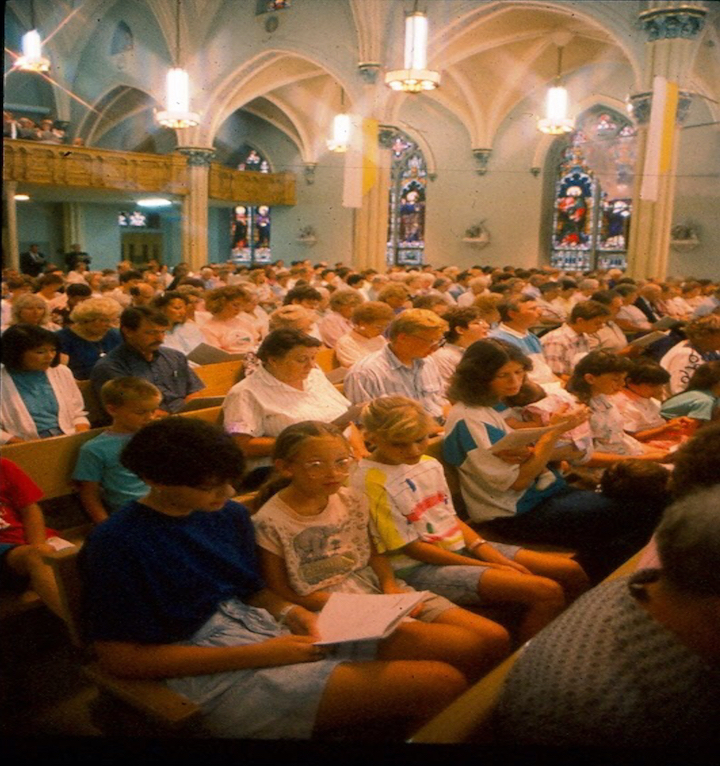Nurses tending to injured passengers.
(Image Courtesy of The Des Moines Register)
Nurses tending to injured passengers.
(Image Courtesy of The Des Moines Register)
The tragedy of Flight 232, that took place on July 19th, 1989, had some positive impacts, even though circumstances were dire, due to the overwhelming response from the community. Flight 232 could have resulted far worse given the circumstances, but the community helped out tremendously, breaking barriers from within the community. Surrounding towns such as Hinton, Merrill, Onawa, LeMars, Ponca, Dakota City, Elk Point, and many others came to support and provide help to the first responders.
Thousands of people, organizations, and communities contributed countless hours of work and effort through helping the victims and families of the crash. When word of the crash arrived at the Gateway Airport in Sioux City, Iowa, Gary Brown, the Woodbury County's emergency management director, alerted Sioux City and the surrounding tri-state area. Immediately, hearing the call for help, the tri-state area responded by sending numerous first responders, including firefighters, police, and EMT’s to the scene so when the crash occurred people would be ready. Not only did the first responders make an impact on how this disaster was handled, but the people of the community also helped immensely.

Photo of the counties that helped with Flight 232.
(Image Courtesy of Gary Brown)

After the crash, a prayer service was held at the Cathedral in Sioux City for the victims.
(Image Courtesy of Gary Brown)
Once the crash hit headlines in the news, people immediately responded. The blood banks were filling up fast and lines stretched around the street corner. Hundreds of people donated blood to help the victims of Flight 232. The people of the community also helped first responders, families of the victims, and the victims by making food so no one would go hungry. Various organizations also provided support for the crash. The local university, Briar Cliff, provided support by granting housing to the victims and their families. The countless people, organizations, and communities all made the rescue process of Flight 232 far more successful than it should’ve been.
"The line was around the block at the blood bank."
~ Mary Kay Augustine
Flight 232 was a catastrophic event that many speculated to be much worse than it could have been. Thanks to the relief efforts made on July 19th, 1989, Flight 232 set a precedent on how communities should work together in times of a disaster.

First responders at the crash site, tending to victims of the crash.
(Image Courtesy of Gary Brown)
The nation also responded by writing letters to the city managers and the people of Sioux City thanking them for their heroic actions. The letters expressed deep gratitude and appreciation for the citizens.
Many people also wrote statements thanking the first responders and the Sioux City community.